If your electric shaver isn’t giving you the smooth shave you expect, don’t worry, there are practical solutions to get it working again.
In this guide, we’ll explore common reasons why your electric shaver might be failing and how to fix these issues effectively.
Electric shavers can lose their shaving effectiveness due to several factors. One of the most common causes is dull blades. Over time, blades can become blunt, resulting in poor cutting performance.
Additionally, a clogged shaver head can hinder the blades from making proper contact with your skin, leading to an incomplete shave. Battery problems, such as insufficient charge or a worn-out battery, can also contribute to subpar performance.
By understanding these issues and following simple maintenance and troubleshooting steps, you can restore your electric shaver to its optimal shaving performance. Let’s dive into the details of diagnosing and fixing your electric shaver woes.

Common Reasons Why Your Electric Shaver Isn’t Shaving Properly
So, your electric shaver isn’t delivering the smooth, clean shave you desire? Don’t fret; let’s troubleshoot the possible culprits and get your shaver back on track.
Dull or Blunt Blades
Over time, the blades of your electric shaver can become dull from regular use. This can result in tugging or pulling of hair rather than cleanly cutting it. If you notice this happening, it’s time to replace the blades. Clogged Shaver Head
A clogged shaver head filled with hair, dirt, or debris can significantly hinder the cutting performance of your shaver. Regularly cleaning the shaver head ensures optimal performance. Use a small brush to remove accumulated hair and debris.
Battery Issues
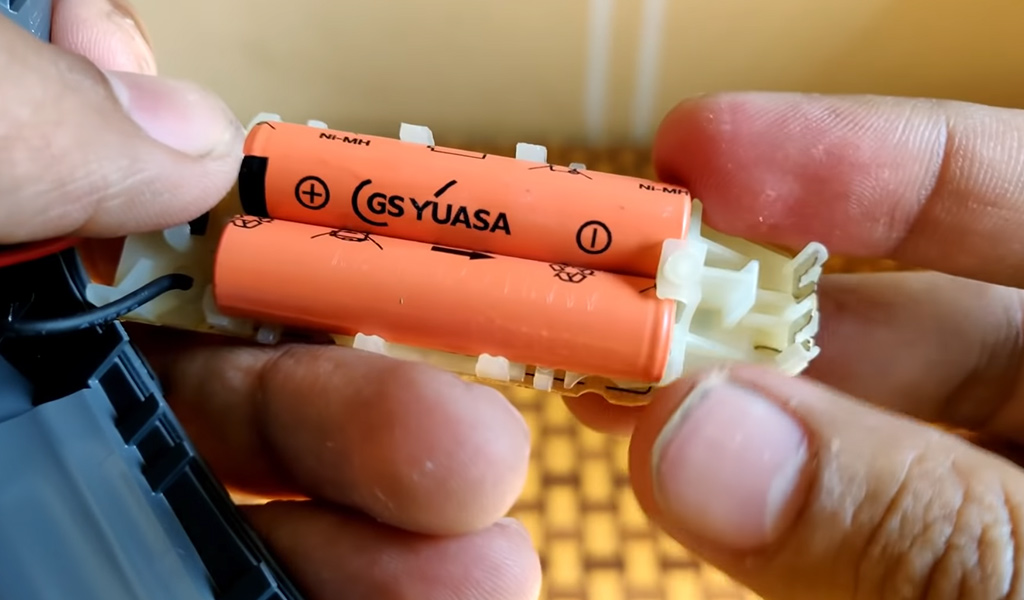
Weak battery performance can lead to insufficient power for the shaver’s motor, causing it to operate at lower RPMs and thus providing an inadequate shave. Check if the battery is fully charged or replace it if it’s old and not holding charge properly.
Improper Shaver Technique
Using an electric shaver requires a different technique compared to manual razors. Ensure you are using gentle, circular motions and holding the shaver at the correct angle against your skin. Applying too much pressure can also lead to ineffective shaving.
Worn-out Foil or Cutter
The foil and cutter in your electric shaver can wear out over time. If you notice reduced performance, it might be time to replace these components to restore optimal cutting ability.
Inadequate Maintenance
Neglecting regular maintenance of your electric shaver can contribute to its poor performance. Make it a habit to clean your shaver after each use and lubricate the blades as recommended by the manufacturer.
Using an Outdated Shaver
If you’ve been using the same electric shaver for several years, it might simply be outdated. Technology in electric shavers advances quickly, so consider upgrading to a newer model for better shaving results.
By addressing these common issues, you can often resolve shaving problems with your electric shaver and enjoy a smoother, more comfortable shaving experience.
Keep reading to discover practical steps to fix these issues and restore your shaver’s effectiveness.
Step-by-Step Guide to Fixing Your Electric Shaver
Is your electric shaver not performing as it should? Let’s walk through some practical steps to troubleshoot and fix common issues so you can get back to enjoying a smooth shave.
Clean the Shaver
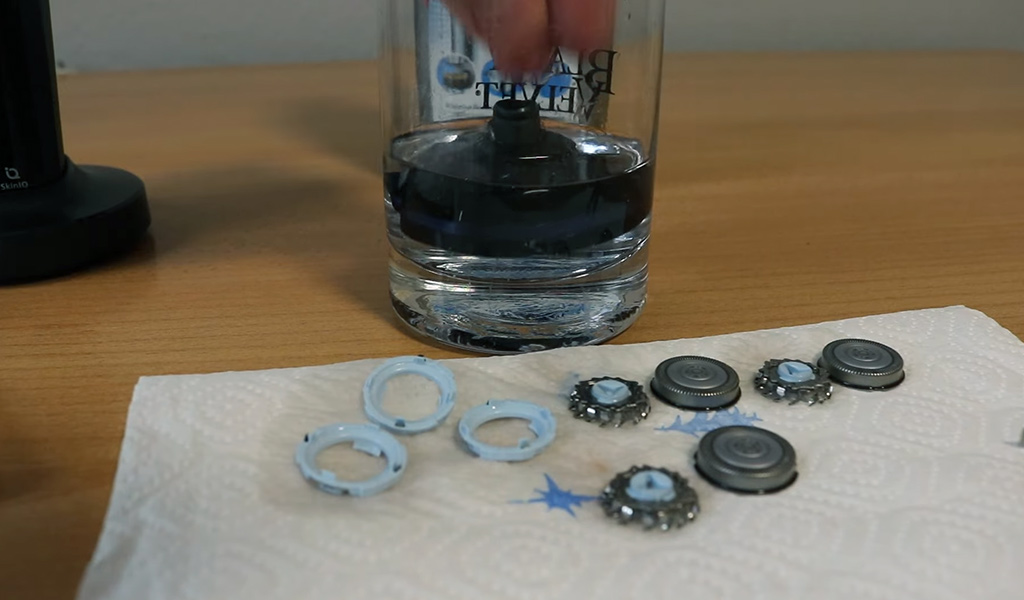
The first step to fixing your electric shaver is to ensure it’s clean and free from hair, dirt, and debris. Here’s how to do it:
- Turn off and unplug the shaver: Safety first! Make sure your shaver is powered off and disconnected from any power source.
- Remove the shaver head: Most electric shavers have detachable heads. Gently remove the shaver head to access the blades and interior.
- Use a cleaning brush: Take a small cleaning brush (often provided with the shaver) and carefully brush out any hair or debris from the shaver head and blades. Pay attention to crevices and corners where dirt can accumulate.
- Rinse the shaver head: If your shaver is waterproof, rinse the shaver head under running water to remove stubborn debris. Make sure to dry it thoroughly before reattaching.
Check and Replace Blades
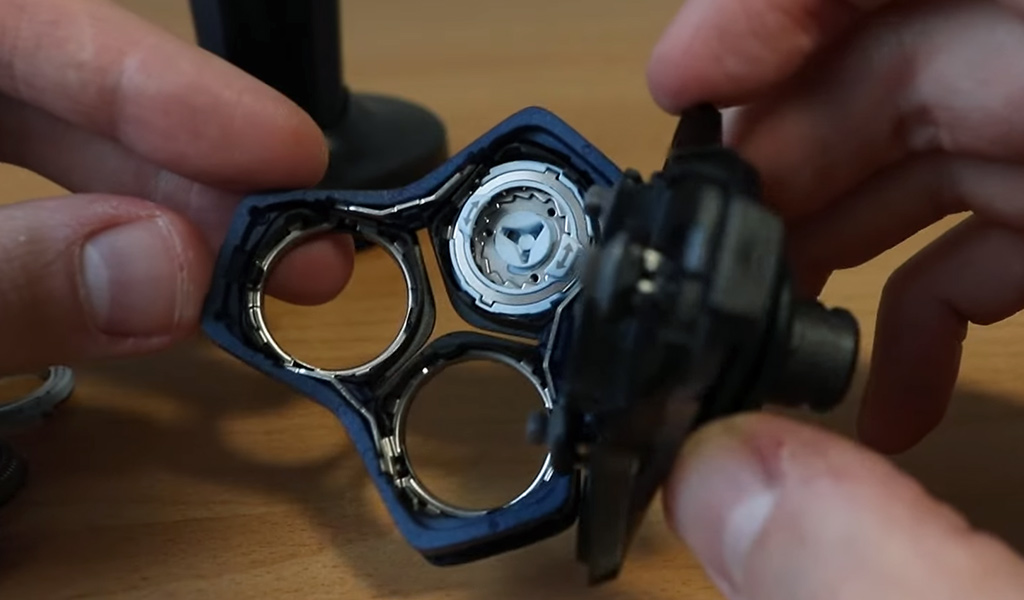
Dull or damaged blades can significantly impact the performance of your electric shaver. Here’s how to inspect and replace them:
- Inspect the blades: Examine the blades closely for signs of dullness, rust, or damage. If the blades look worn out or aren’t cutting effectively, it’s time for a replacement.
- Find compatible replacement blades: Refer to your shaver’s manual or manufacturer’s website to identify the correct replacement blades for your model.
- Replace the blades: Follow the manufacturer’s instructions to safely replace the blades. Ensure the blades are securely installed before reassembling the shaver.
Clean and Maintain the Shaver Head
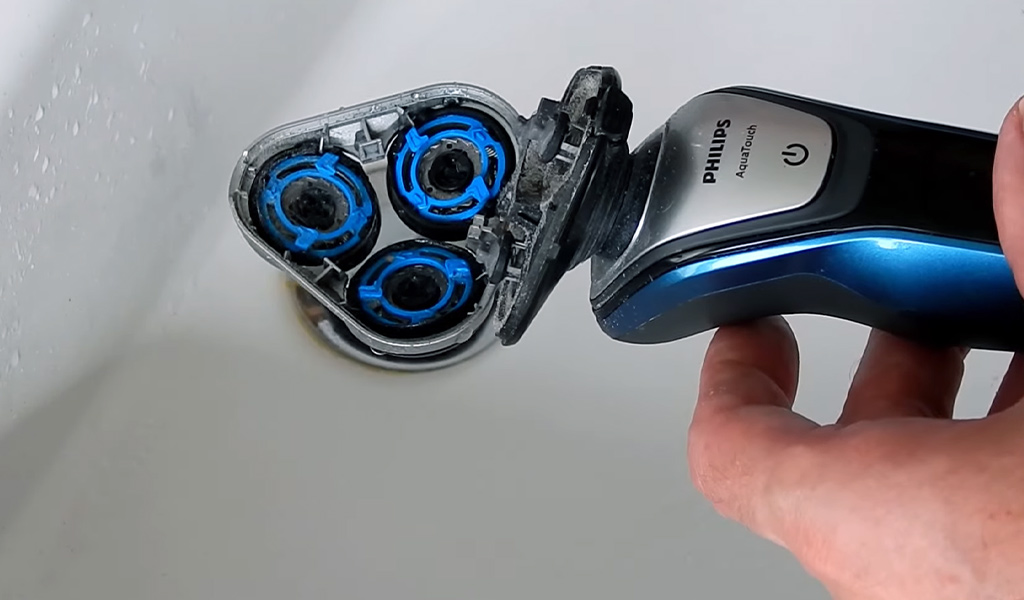
A clogged shaver head can hinder the cutting performance of your electric shaver. Here’s how to properly clean and maintain it:
- Detach the shaver head: As mentioned earlier, remove the shaver head from the main body of the shaver.
- Use a cleaning solution: Prepare a solution of warm water and a mild detergent or use a specialized shaver cleaning solution.
- Soak and rinse: Soak the shaver head in the cleaning solution for a few minutes, then rinse it thoroughly under running water.
- Allow to air dry: Let the shaver head air dry completely before reattaching it to the shaver.
Inspect and Replace the Battery
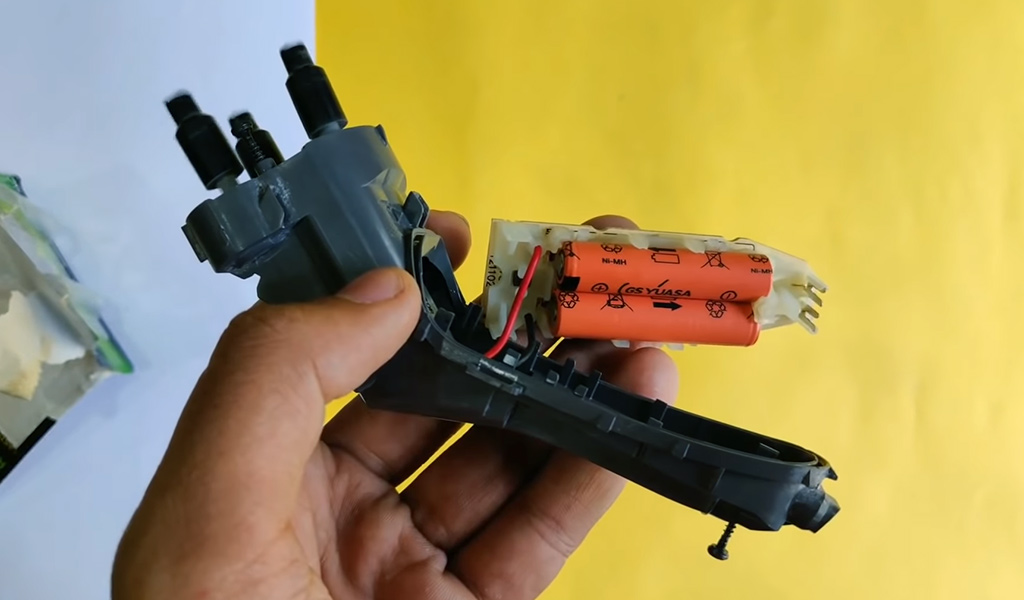
Weak battery performance can cause your electric shaver to lose power mid-shave. Here’s how to check and replace the battery if necessary:
- Check the battery life: If your shaver is cordless, check the battery life. If it’s not holding charge like it used to, it may need to be replaced.
- Refer to the manual: Consult your shaver’s manual for instructions on replacing the battery. Some models allow for user-replaceable batteries, while others may require professional servicing.
- Purchase a new battery: Order a compatible replacement battery from the manufacturer or a reputable seller.
Lubricate Moving Parts
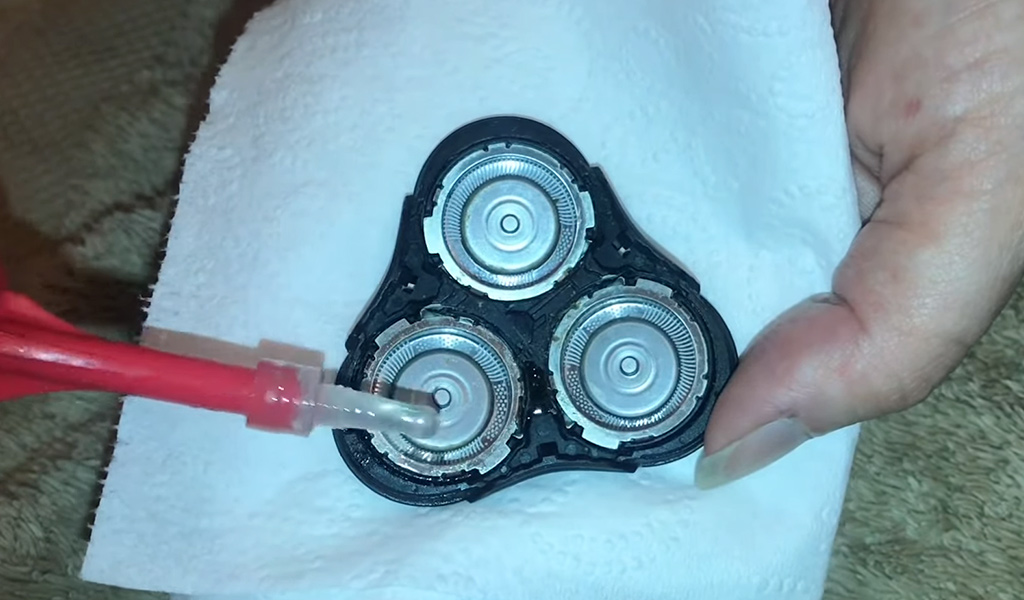
Proper lubrication can improve the performance and lifespan of your electric shaver. Here’s how to do it:
- Use recommended lubricant: Refer to your shaver’s manual for the recommended lubricant type.
- Apply lubricant sparingly: Apply a small amount of lubricant to the moving parts of the shaver, such as the blades and pivoting mechanism.
- Operate the shaver: Turn on the shaver for a few seconds to distribute the lubricant evenly.
Practice Proper Shaving Technique
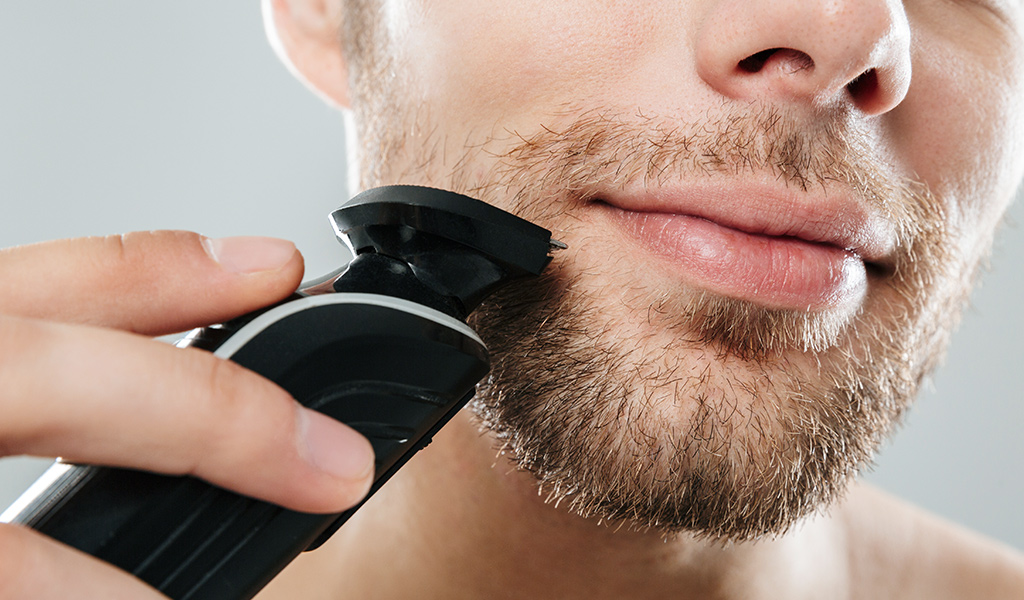
Even with a properly functioning shaver, using the right technique is crucial for a smooth shave. Here are some tips:
- Use gentle pressure: Avoid pressing too hard against your skin. Let the shaver glide over the surface smoothly.
- Shave against the grain: For a closer shave, shave against the direction of hair growth. However, be gentle to prevent irritation.
- Regularly clean and maintain: After each use, clean your shaver as described earlier and store it properly.
Consider Professional Servicing
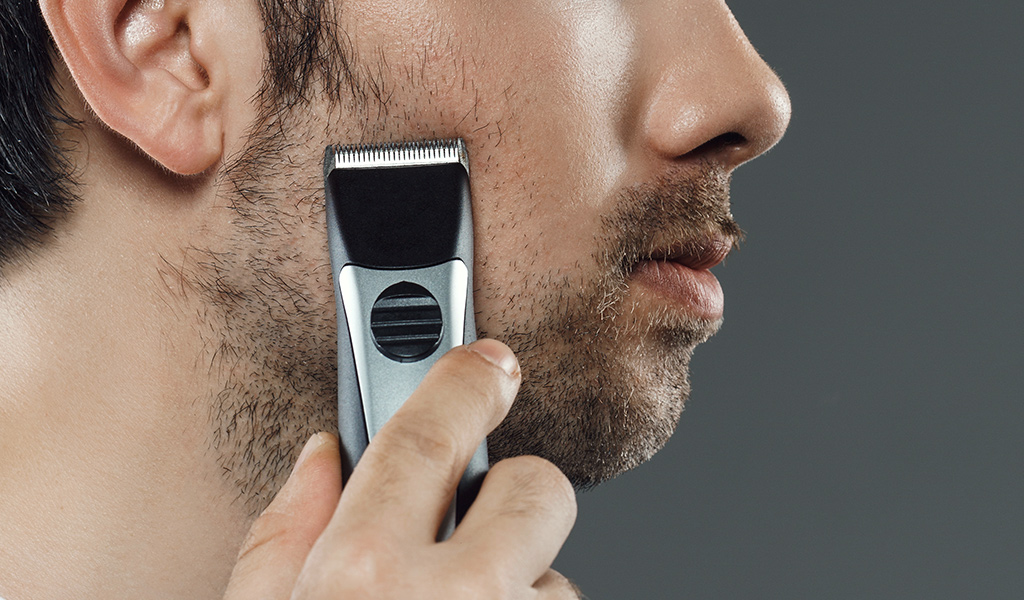
If you’ve tried these steps and your electric shaver still isn’t working correctly, it may be time to seek professional servicing. Contact the manufacturer or a certified technician for further assistance.
By following these step-by-step instructions and tips, you can effectively troubleshoot and fix common issues with your electric shaver, ensuring it delivers a clean and comfortable shave every time.
Troubleshooting and Fixing Electric Shaver Issues
Having trouble with your electric shaver? Let’s tackle some common problems and find solutions to get your shaver back in top shape.
Shaver Not Turning On
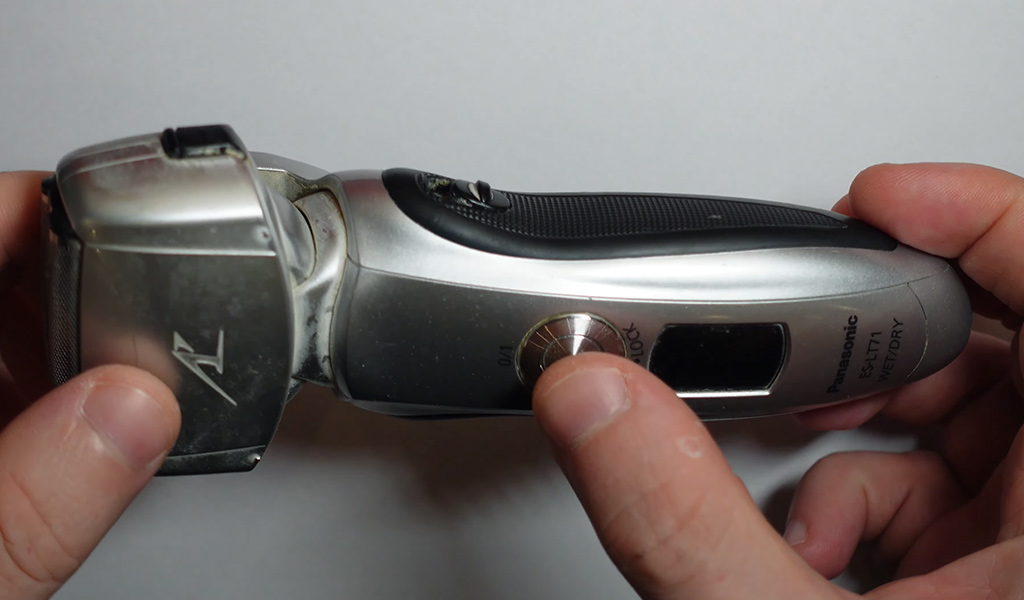
First, check if the shaver is properly charged or connected to a power source. If it’s a rechargeable shaver, charge it fully and try turning it on again. If it’s a corded shaver, ensure the power cord is securely plugged into a working outlet.
Uneven Shaving or Missed Spots
This could be due to dull blades or improper technique. Try replacing the blades if they are worn out. Also, make sure to use gentle, circular motions while shaving and shave against the grain for a closer cut.
Shaver Producing Loud Noise
A noisy shaver might indicate that the blades or motor are worn out. Check the blades for any damage or signs of wear. If necessary, replace the blades or consider professional servicing.
Shaver Overheating
Overheating can occur if the shaver is being used for an extended period or if the air vents are blocked. Allow the shaver to cool down and ensure the vents are clear of debris. Avoid using the shaver continuously for long periods.
Skin Irritation or Redness After Shaving
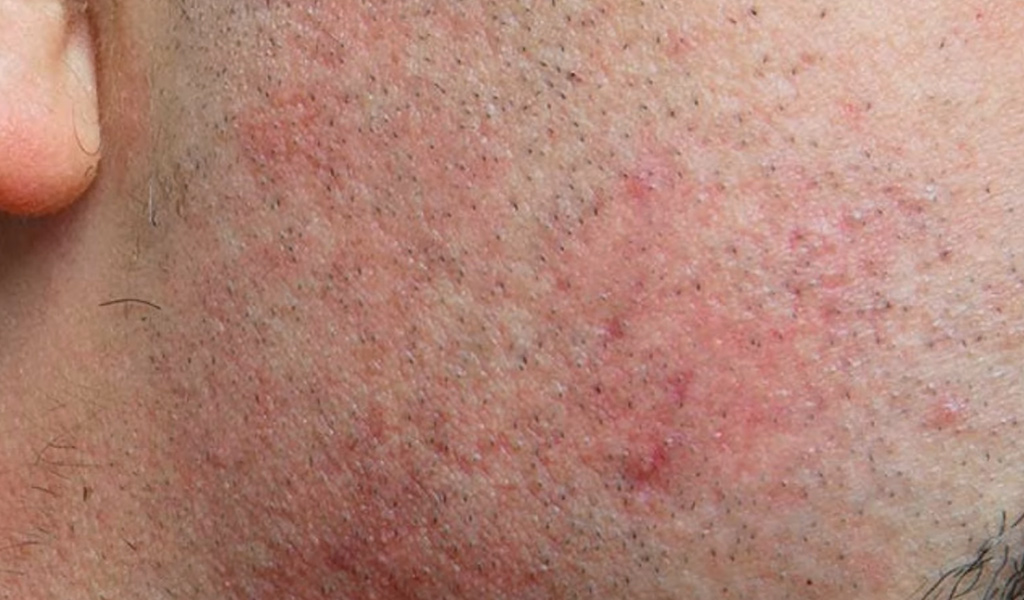
Irritation can be caused by using too much pressure or shaving against the grain. Ensure you’re using gentle strokes and applying minimal pressure. Consider using pre-shave products or aftershave to soothe the skin.
Battery Not Holding Charge
If the battery doesn’t hold a charge like it used to, it may need to be replaced. Refer to the manufacturer’s instructions for replacing the battery or contact customer support for assistance.
Shaver Head Clogging
Regularly clean the shaver head after each use to prevent hair and debris from accumulating. Use a small brush to remove trapped hair and rinse the shaver head under running water if it’s waterproof.
Overall Poor Performance
If your shaver is consistently underperforming despite cleaning and maintenance, it may be time to consider upgrading to a newer model. Technology advances quickly, and a new shaver might provide better results.
By identifying these common electric shaver issues and applying the suggested solutions, you can troubleshoot and resolve most problems at home. Remember to follow manufacturer guidelines for maintenance and reach out to customer support if needed.
Additional Tips for Maintaining Your Electric Shaver
Taking good care of your electric shaver is key to maximizing its lifespan and performance. Here are some additional tips to keep your shaver in top condition:
Regular Cleaning
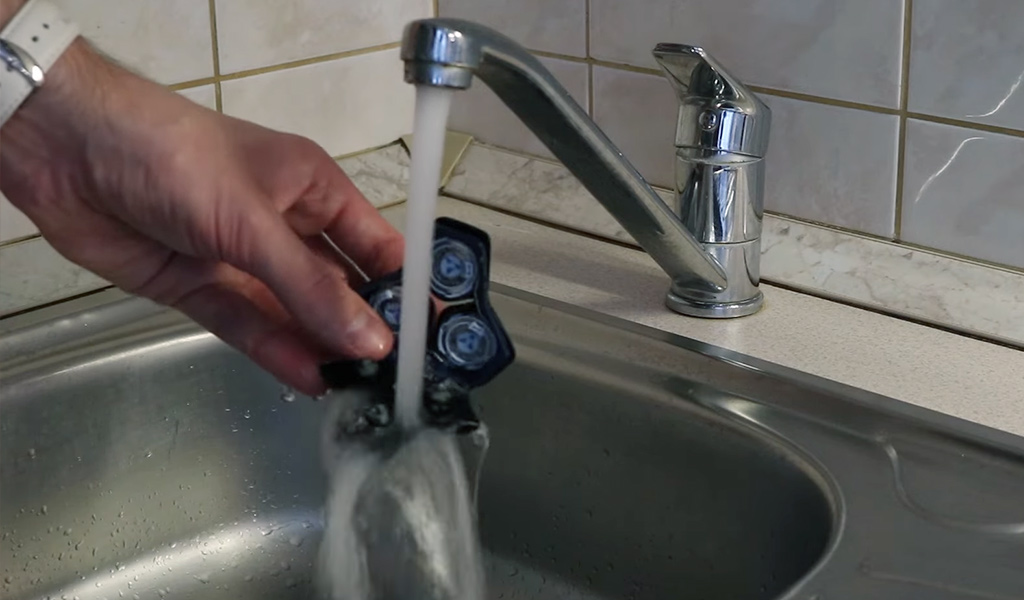
Make it a habit to clean your electric shaver after each use. This prevents hair, skin oils, and debris from building up and affecting performance. Use a small brush to remove hair from the blades and shaver head.
Lubrication
Periodically lubricate the moving parts of your shaver to ensure smooth operation. Refer to your shaver’s manual for recommended lubricants and application instructions.
Proper lubrication reduces friction and extends the life of the blades and motor.
Store Properly
Store your electric shaver in a clean, dry place when not in use. Avoid leaving it in humid or damp environments, as moisture can damage electronic components.
Use a protective cap or case to prevent dust buildup and protect the shaver from accidental damage.
Replace Consumable Parts
Keep an eye on the condition of consumable parts like blades, foils, and cutters. Replace them promptly when they show signs of wear or damage. Using worn-out parts can lead to poor performance and discomfort during shaving.
Avoid Impact
Handle your electric shaver with care and avoid dropping it or subjecting it to impact. Physical damage can affect the shaver’s functionality and compromise safety. Treat your shaver gently to ensure long-lasting performance.
Follow Manufacturer’s Guidelines
Always follow the maintenance guidelines provided by the manufacturer. This includes recommended cleaning practices, lubrication schedules, and replacement intervals for parts.
Adhering to these guidelines helps optimize your shaver’s performance and prevents premature wear.
Perform Regular Inspections
Periodically inspect your electric shaver for any signs of wear, damage, or malfunction. Check the power cord, battery, and exterior components for any issues. Early detection of problems allows for timely repairs and prevents further damage.
Keep Up with Software Updates (if applicable)
If you own a high-tech electric shaver with software features, ensure you keep up with firmware updates provided by the manufacturer. Software updates can enhance performance and address any known issues.
These additional maintenance tips can ensure that your electric shaver continues to deliver excellent shaving results for years to come.
Remember, proper maintenance not only improves performance but also contributes to a more comfortable and enjoyable shaving experience.
Wrapping Up
Troubleshooting and fixing issues with your electric shaver doesn’t have to be daunting. By identifying common problems and following simple maintenance steps, you can restore your shaver’s performance and enjoy a smooth, comfortable shave once again.
Remember, start with the basics. Ensure your shaver is clean and free from debris, as a clogged shaver head or dull blades are often the culprit behind poor shaving performance.
Regularly inspect and replace blades or other worn-out components to maintain optimal cutting ability.
Additionally, proper maintenance is key. Clean your shaver after each use, lubricate moving parts, and store it in a dry, safe place to prevent damage.
Follow the manufacturer’s guidelines for maintenance and consider professional servicing if needed.
Lastly, don’t hesitate to upgrade to a newer model if your current shaver is outdated or consistently underperforms despite troubleshooting efforts. Technology advances quickly, and a modern electric shaver may provide superior results.

